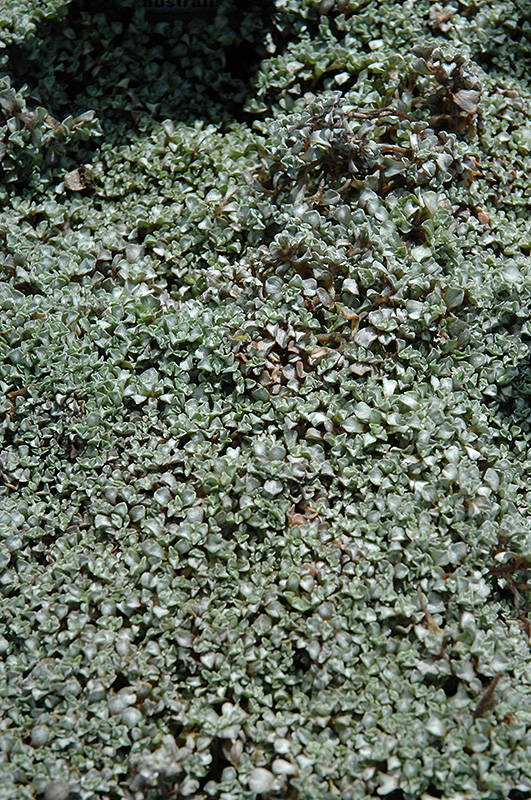Plant Finder
Height: 1 inch
Spread: 24 inches
Sunlight:
![]()
Hardiness Zone: 6b
Other Names: Mat Daisy, Scabwort
Description:
An extremely low growing perennial with tiny, fine, gray-green foliage with a silver cast; trailing stems will grow right over rocks in its path; yellow flowers are tiny but plentiful; a wonderful groundcover accent in a rock garden
Ornamental Features
New Zealand Scab Plant is blanketed in stunning yellow cup-shaped flowers at the ends of the stems from early to mid summer. Its attractive tiny tomentose pointy leaves remain grayish green in color throughout the year.
Landscape Attributes
New Zealand Scab Plant is a dense spreading evergreen perennial with a ground-hugging habit of growth. It brings an extremely fine and delicate texture to the garden composition and should be used to full effect.
This is a relatively low maintenance plant, and is best cleaned up in early spring before it resumes active growth for the season. It has no significant negative characteristics.
New Zealand Scab Plant is recommended for the following landscape applications;
- Groundcover
- Container Planting
Planting & Growing
New Zealand Scab Plant will grow to be only 1 inch tall at maturity, with a spread of 24 inches. Its foliage tends to remain low and dense right to the ground. It grows at a medium rate, and under ideal conditions can be expected to live for approximately 5 years. As an evegreen perennial, this plant will typically keep its form and foliage year-round.
This plant should only be grown in full sunlight. It does best in average to evenly moist conditions, but will not tolerate standing water. It is not particular as to soil pH, but grows best in rich soils. It is somewhat tolerant of urban pollution. This species is not originally from North America.
New Zealand Scab Plant is a fine choice for the garden, but it is also a good selection for planting in outdoor pots and containers. Because of its spreading habit of growth, it is ideally suited for use as a 'spiller' in the 'spiller-thriller-filler' container combination; plant it near the edges where it can spill gracefully over the pot. Note that when growing plants in outdoor containers and baskets, they may require more frequent waterings than they would in the yard or garden.




